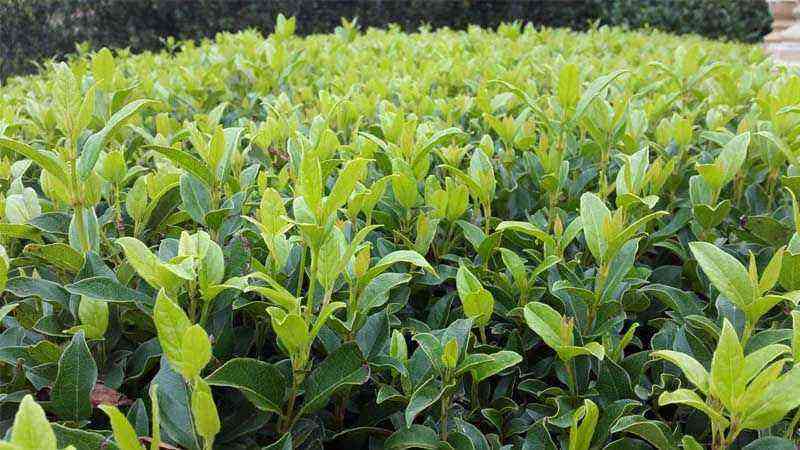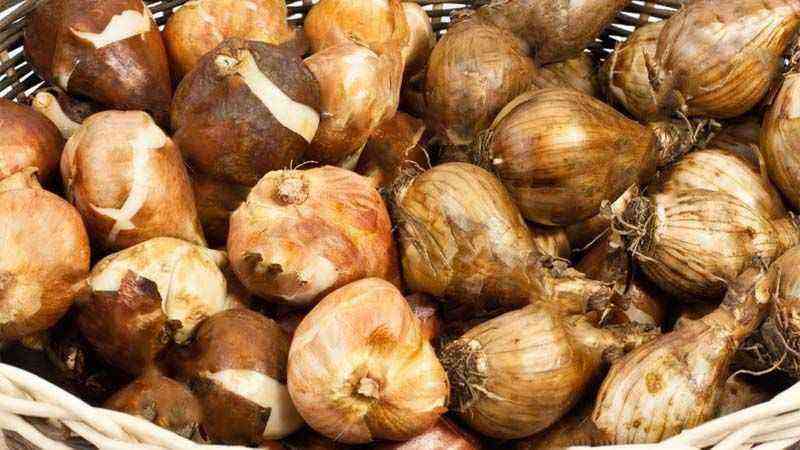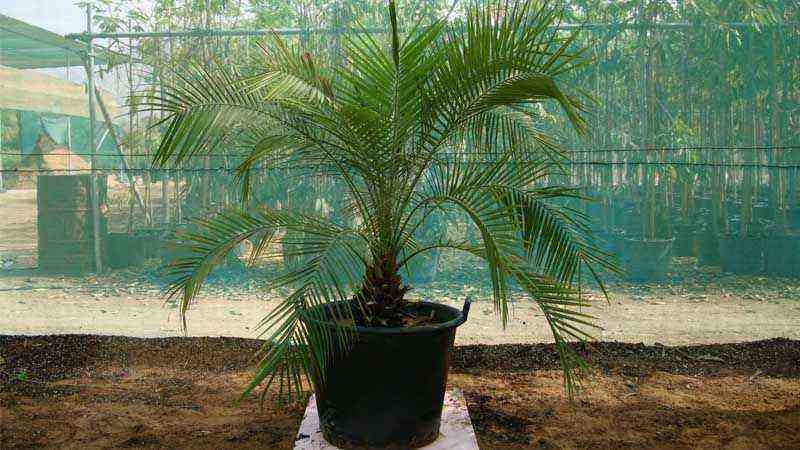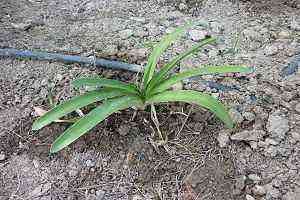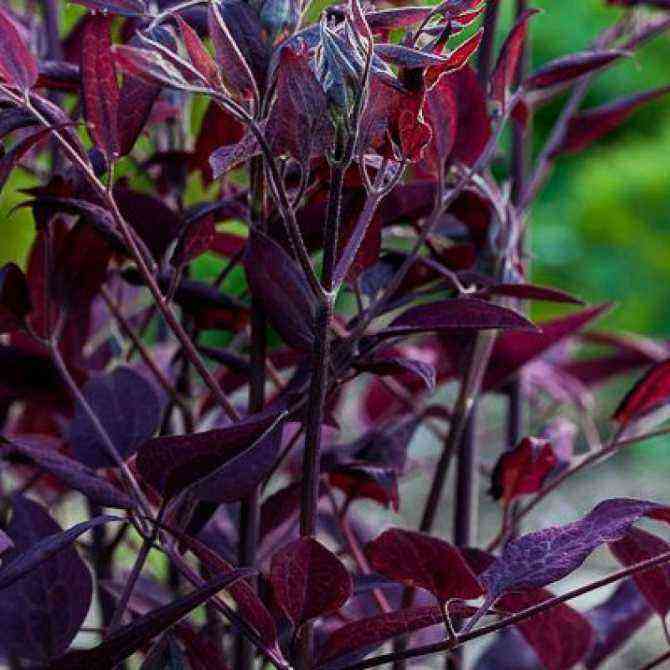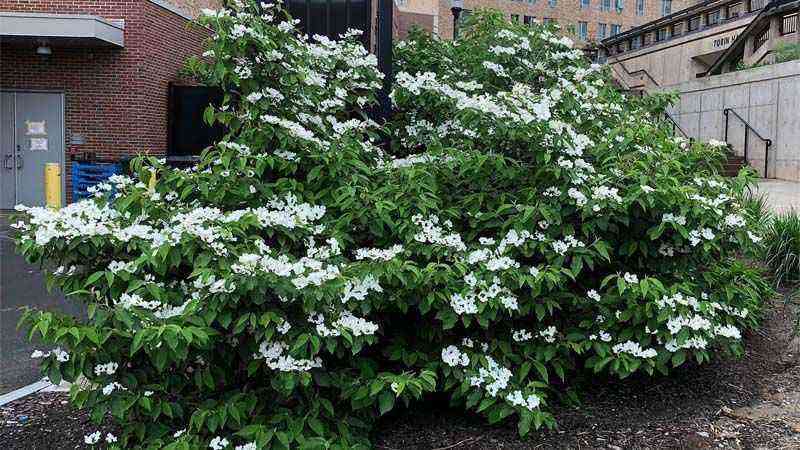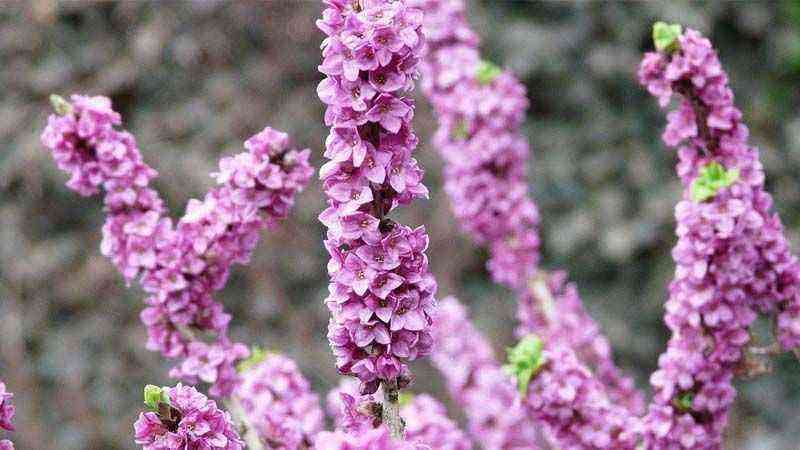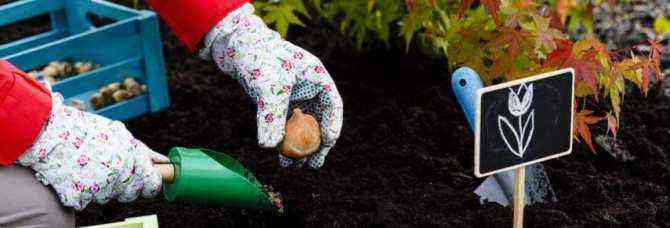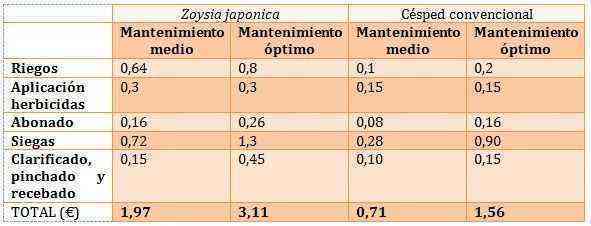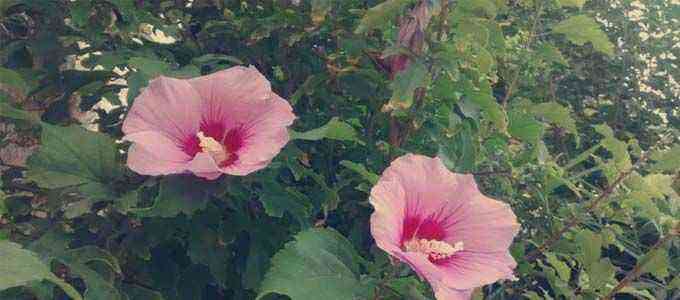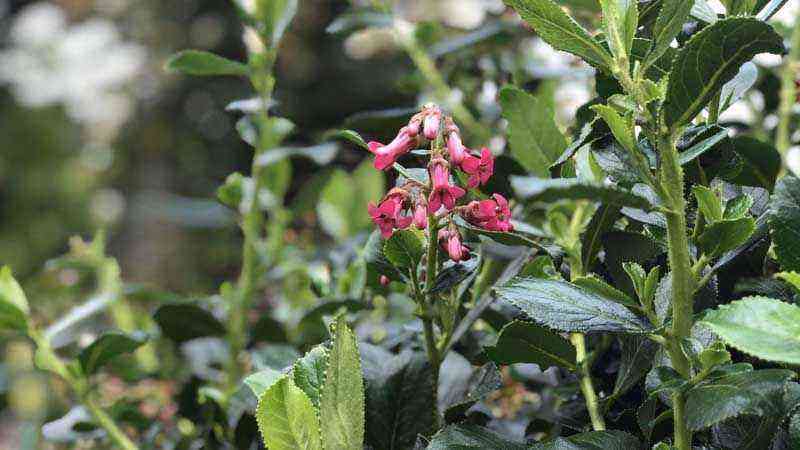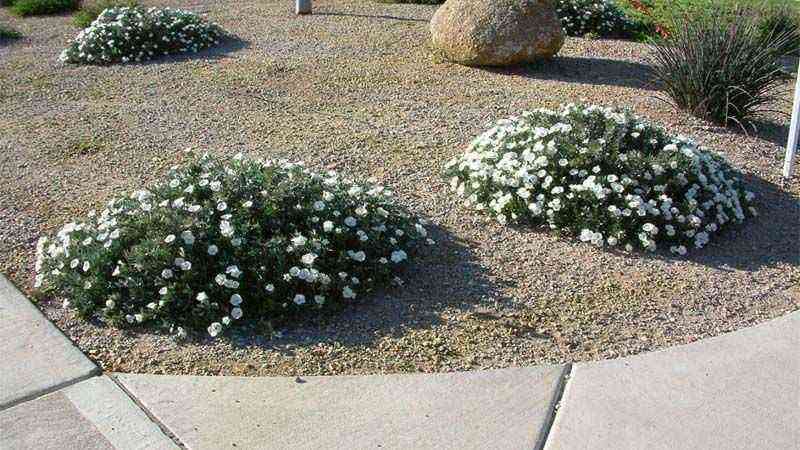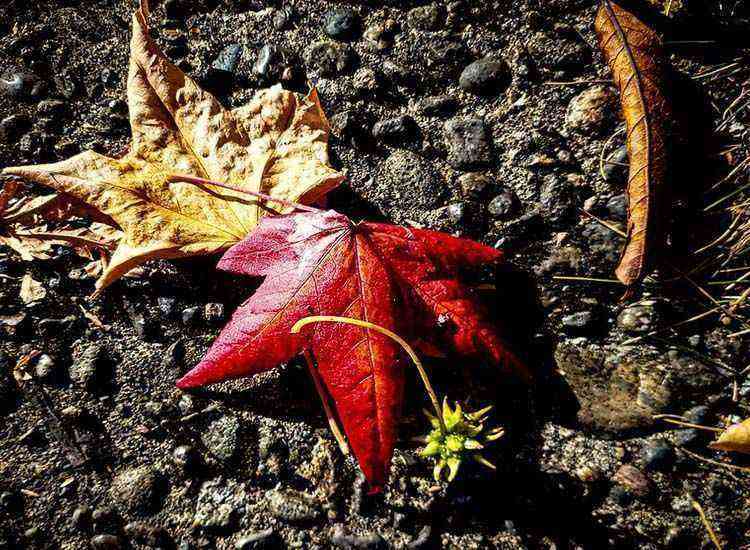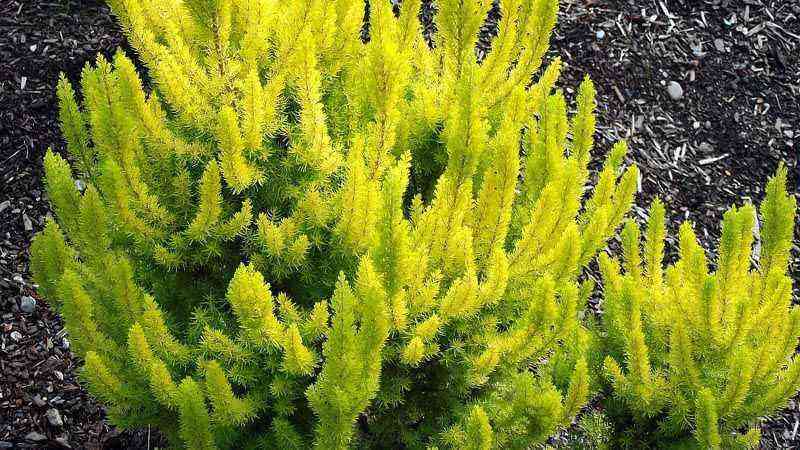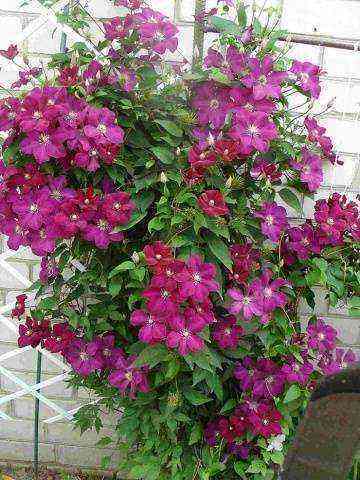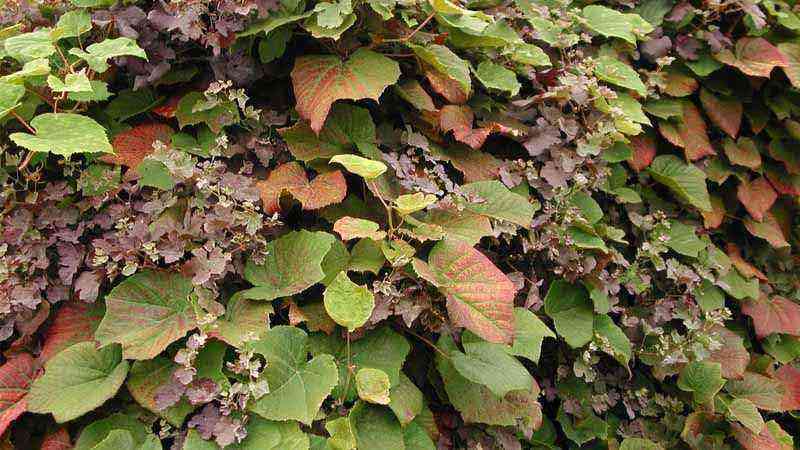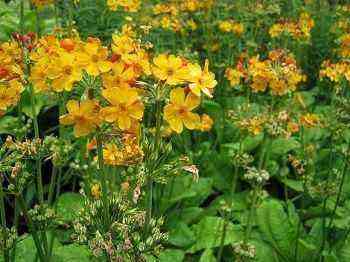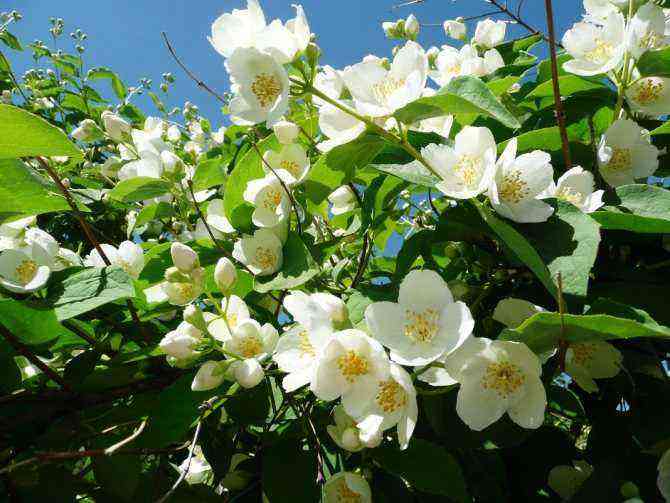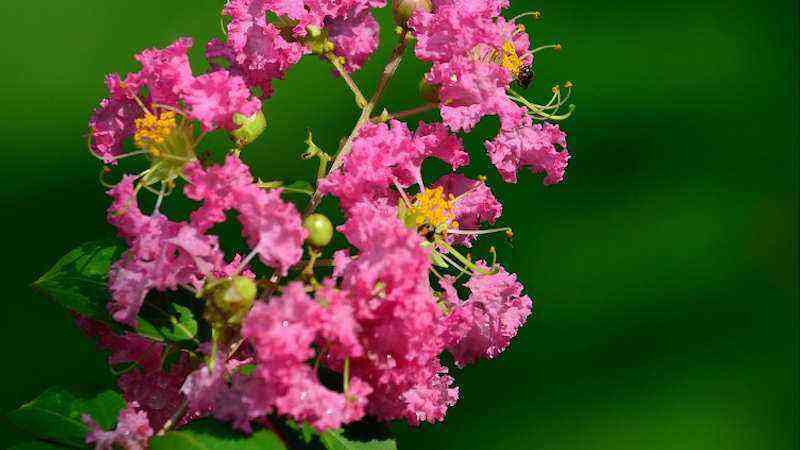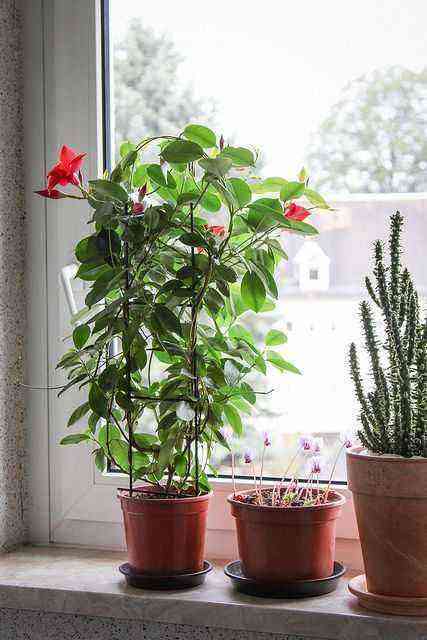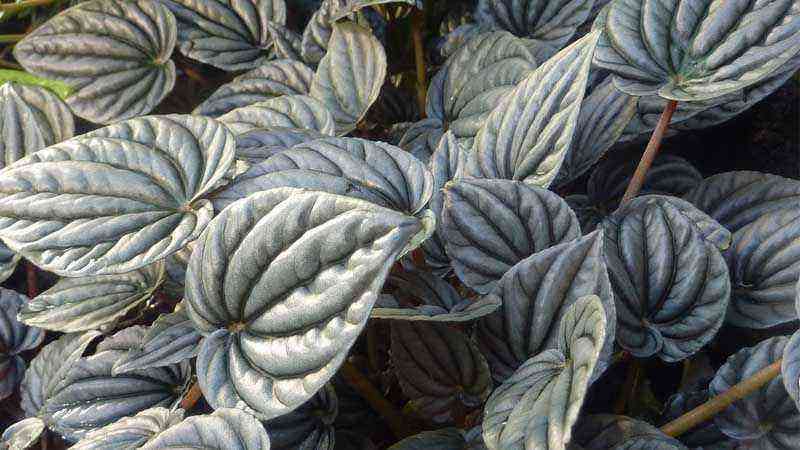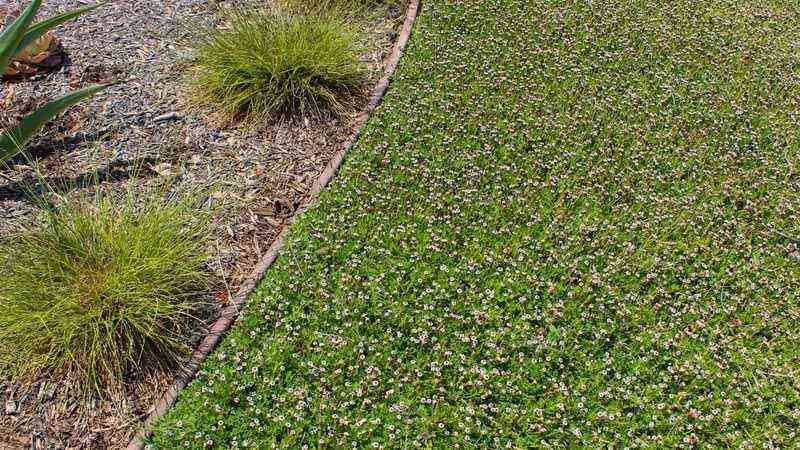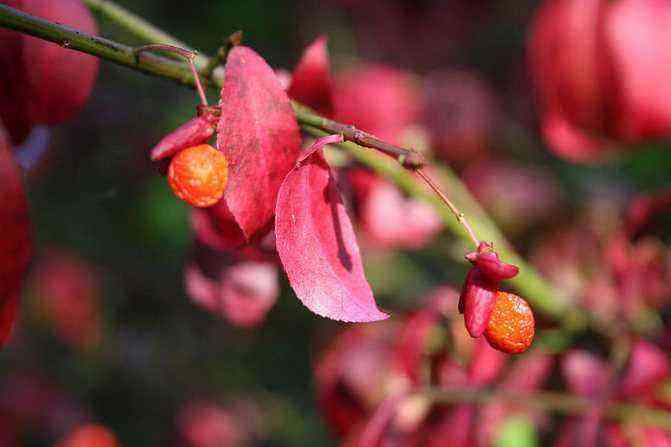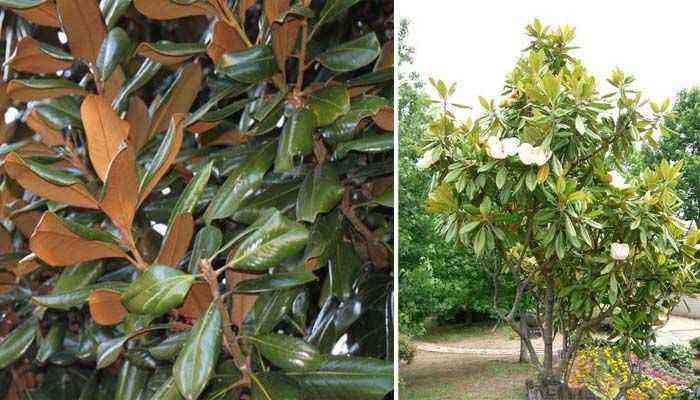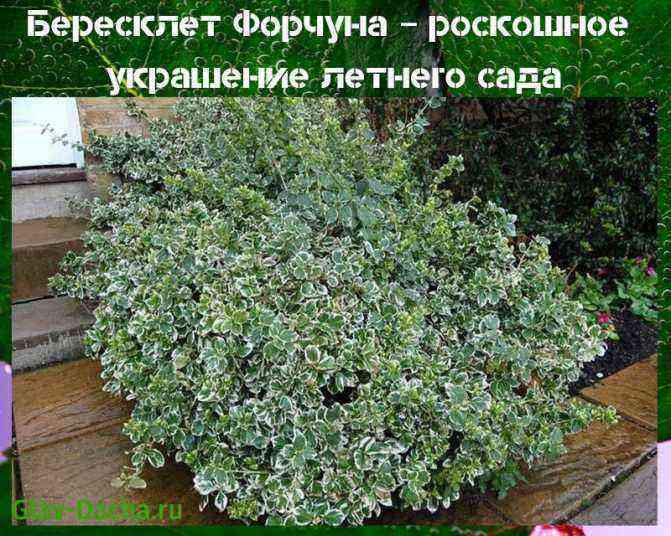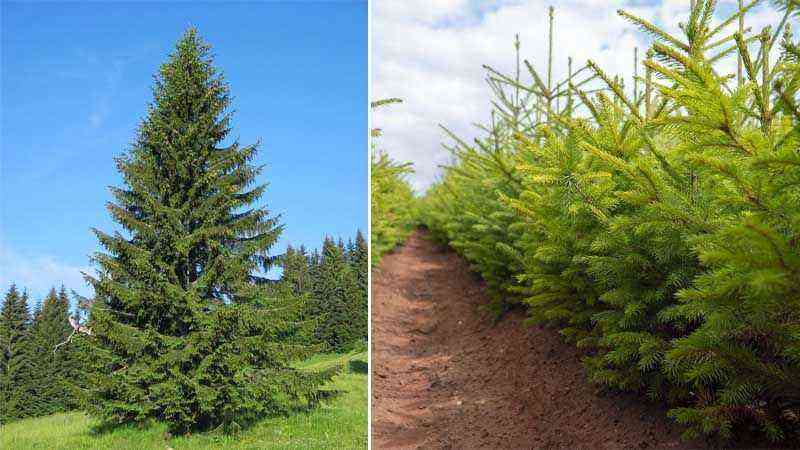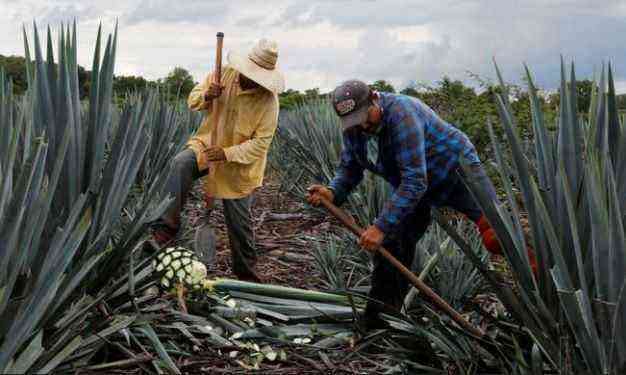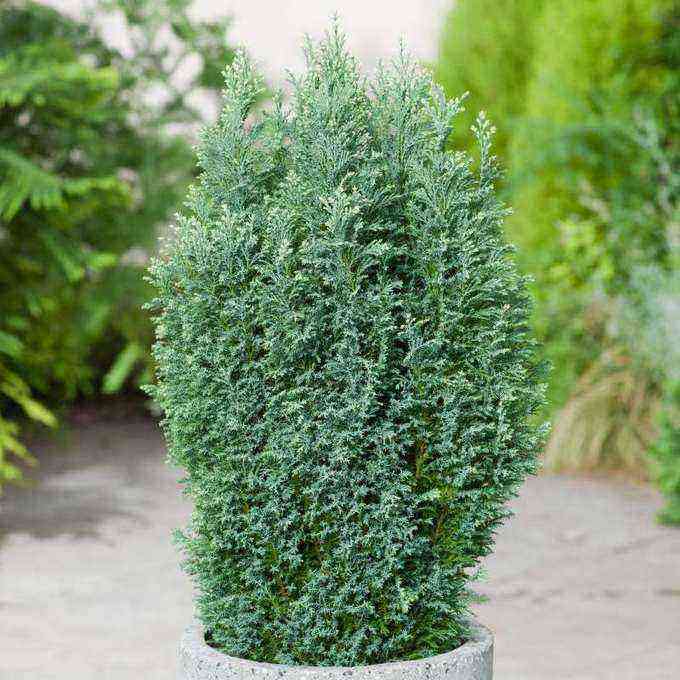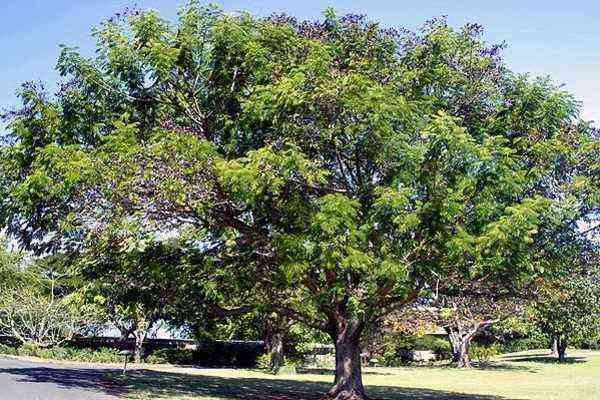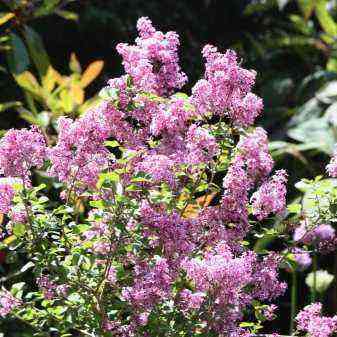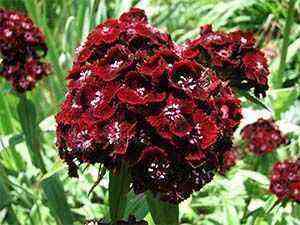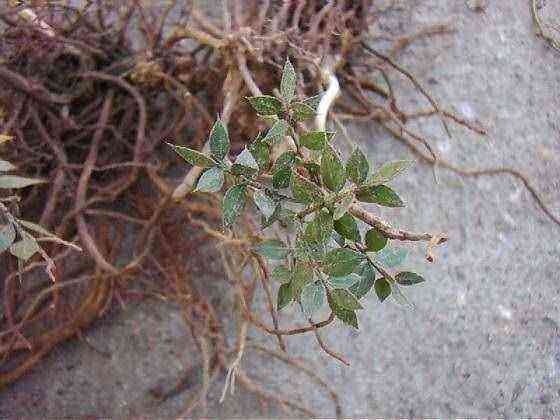In Agromática the winter is getting long and for this reason it has given us these last days to talk about plants that decide to bloom at this time to make our faces a little happy. Walking last week, I came across the hedge of a house with an explosive bloom in the middle of February (Mediterranean climate). It was the orange trumpeter or winter Bignonia known by its scientific name as Pyrostegia Venusta.
Winter bignonia, the hedge that blooms with cold
On Friday we told you how there are certain plants, in whose genetic code they have programmed flowering in the cold winter months. The most extreme case that we have told you here in this blog was that of Winter viburnum months ago, whose flowering takes place with snow on top as you can see in the photos of the article. The Mecereo or matacabra, which we talked about last Friday, begins to bloom from February, a month in which in some areas not so cold temperatures begin.
However, in today’s article we present a climber whose flowering explodes in the middle of winter, yes, in frost-free climates. This climber is ideal for covering fences and creating a very dense hedge in which nothing can be seen (perfect for a house fence).
It has a great climbing ability. In fact, it needs a fence or tutors to be able to develop properly and unfold its full potential. If you climate is mediterranean or pure, free of frost and sunny, you may want to consider a hedge or pergola with this climber.
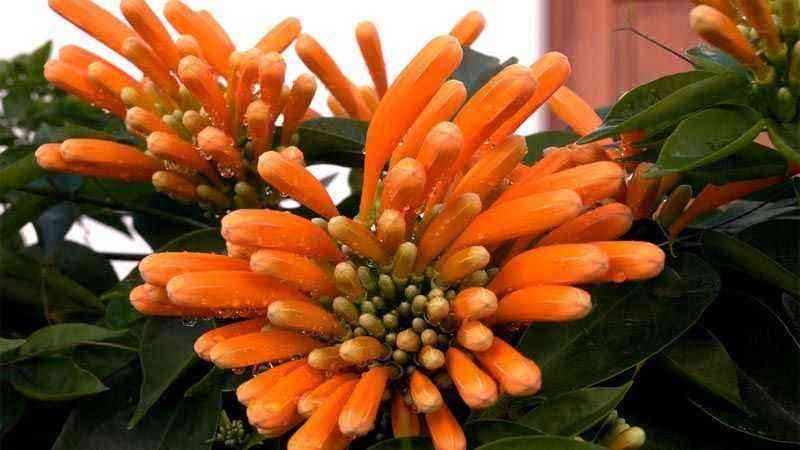

Origins and provenance of Pyrostegia Venusta
European is not. We cannot attribute its origin to us. Comes from South America, from countries like Brazil, Argentina or Bolivia among others. It belongs to the Bignoniáceas family. Their names are varied. Winter Bignonia, Bignonia ignea, Flame Liana or Orange Trumpeter. If there is something that defines this climber well to take it into account to cover the fence of a house, for example, it is:
- Fast growth
- Very dense foliage
- Explosive flowering in winter
- Moderate Needs and Care
Winter bignonia growing conditions
Climate and soil
The only consideration to keep in mind is that it is that Pyrostegia Venusta es sensitive to frost. From this premise and knowing what your climate zone is like, you will know if you can plant it outdoors or in greenhouses or terraces with galleries. It requires a good even direct lighting although it does not grow poorly in semi-shade conditions either. If the area is very windy, it is advisable to protect it from cold winds or directly avoid its cultivation in areas where it hits more profusely.
Although the preferences may seem somewhat demanding, the truth is that it supports a wide range of soils. The soils you need should have some organic matter and slightly acidic pH.
In our case, the photos correspond to a typically Mediterranean limestone soil, light and not very rich in organic matter, being curiously the type of soil contrary to what is advised in many cases. We imagine that the contribution of organic matter and some extra fertilizer will have been taken into account based on the impressive flowering shown in the photos.
Irrigation and fertilizer
The water needs are not very abundant. It is not that it supports the drought well but it is not something that we should be excessively aware of although we already say that it is not advisable to abandon it, especially in hot climates and low rainfall.
We can use a specific fertilizer for the flowering stage, although it is not very necessary given its invasive nature and rapid growth.
Pruning, something essential if you don’t want it to get out of hand
If there is something that Pyrostegia Venusta requires without a doubt is a pruning really strict after flowering. It’s the only way to keep it at bay. This aspect should be taken into account before deciding to plant it. If you are one of those who prunes one year and not two, this is not going to be your plant. With pruning we get:
- Stimulate branching getting more thick and therefore better cover that fence or pergola on which it is supported
- Control its very rapid growth
- We will achieve year after year, more abundant blooms and spectacular.
As a final note, we have to say that the trellised or restrained, as a climber that it is, to achieve all its majesty.
